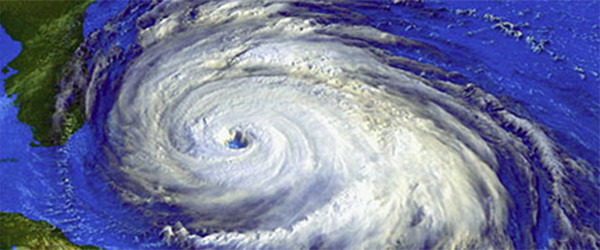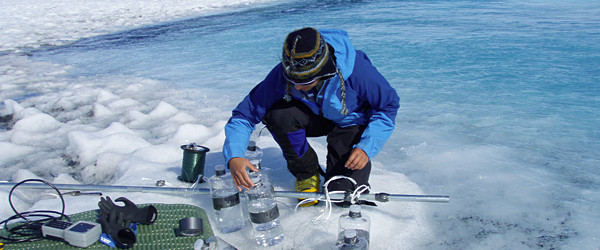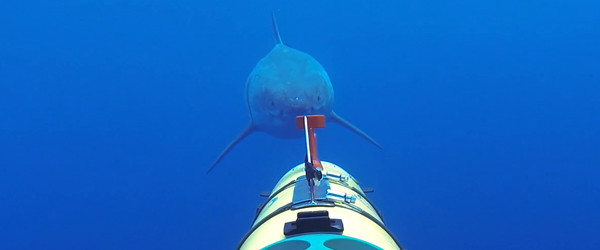ABE User Manual
How ABE Works
ABE operates
autonomously from the support research vessel. It has
no tether, and is controlled in real-time by onboard computers
using its own rechargeable batteries for all power. Upon
launch, ABE descends to the seafloor with the help of
a descent weight that is released after safe arrival at
depth. On most dives ABE uses acoustic long-baseline transponder
navigation with (when close enough to the seafloor) bottom-lock
acoustic Doppler measurements to determine its position
and velocity over the seabed. ABE descends at 15-20 m/minute
following a controlled spiral trajectory to ensure that
it reaches the desired starting point while consuming
minimal energy.
After reaching the seafloor and performing a series of
checks, ABE releases its descent weight to become neutrally
buoyant and begins its pre-programmed survey. A dive can
consist of any mix of water column investigations (e.g.
hydrothermal plume surveys) at constant water depths,
seafloor geophysical investigations at fixed heights above
the seafloor (anywhere from 50-200 m off depending on
the application: e.g. magnetics, high-resolution bathymetric
mapping) and digital photography at a height of just 5
meters above the seafloor. ABE usually surveys until either
it reaches the end of its program or its batteries are
depleted (typically between 20-30 km along track and 15-30
hours of survey time, depending on sensor payload, survey
type, and terrain). At the end of its dive, ABE releases
two ascent weights to become positively buoyant and return
to the surface at 15-20 m/minute.
ABE Vehicle Characteristics
ABE is a three-body, open frame vehicle that
utilizes glass balls as flotation in two free-flooded upper
pods while the single, lower housing is host to the batteries
that power the vehicle and all of its electronics. This separation
of buoyancy and payload gives a large righting moment that simplifies
control and allows the vertical and lateral thrust propellers
to be located inside the protected space between the three faired
bodies. ABE has five thrusters allowing it to move in any direction.
It can travel forward at a cruising speed of 0.6m/sec, but one
of ABE’s most unique characteristics is that it can also
hover and reverse - characteristics that are particularly
valuable in the rugged terrain routinely encountered when investigating
the deep seafloor.
The navigation system onboard ABE consists
of two proven and complementary navigation systems. For general
use, ABE uses long “baseline” transponders identical
to those used by Alvin and ROV Jason, and
these allow deep seafloor surveys over distances of ~5km to
be carried out. In addition, ABE also carries an acoustic Doppler
velocity log (DVL) which provides short-range, high-precision
navigation. With these navigation systems, ABE has the ability
to follow tracklines with a repeatability of order 10m or better.
ABE Support Vessel Requirements
Because ABE is a free-swimming vehicle that navigates from its own long-baseline navigation array, it is mobilized worldwide from a single 20-foot container. It can be deployed from a range of non-specialized research ships (e.g. ships without a dynamic positioning system), facilitating rapid response efforts and exploratory research in new areas. Consequently, the support vessel requirements are simply 1) deck space for a 20-foot container aboard ship, 2) deck area for the vehicle in its cradle (3 m long, 2 m wide), and 3) a shipboard crane able to lift the vehicle (550 kg) into and out of the water at launch and recovery.
ABE At-Sea Personnel Requirements
The ABE vehicle requires a 3-person support team at sea: a mechanical engineer who also oversees all shipboard launch and recovery operations and coordinates with the ship’s crew and officers; an electrical engineer to maintain the health of the vehicle systems and batteries and a software engineer to over-see mission programming, vehicle navigation and data manipulation/delivery to science.










 Facebook
Facebook Twitter
Twitter Instagram
Instagram Vimeo
Vimeo YouTube
YouTube LinkedIn
LinkedIn RSS Feeds
RSS Feeds







